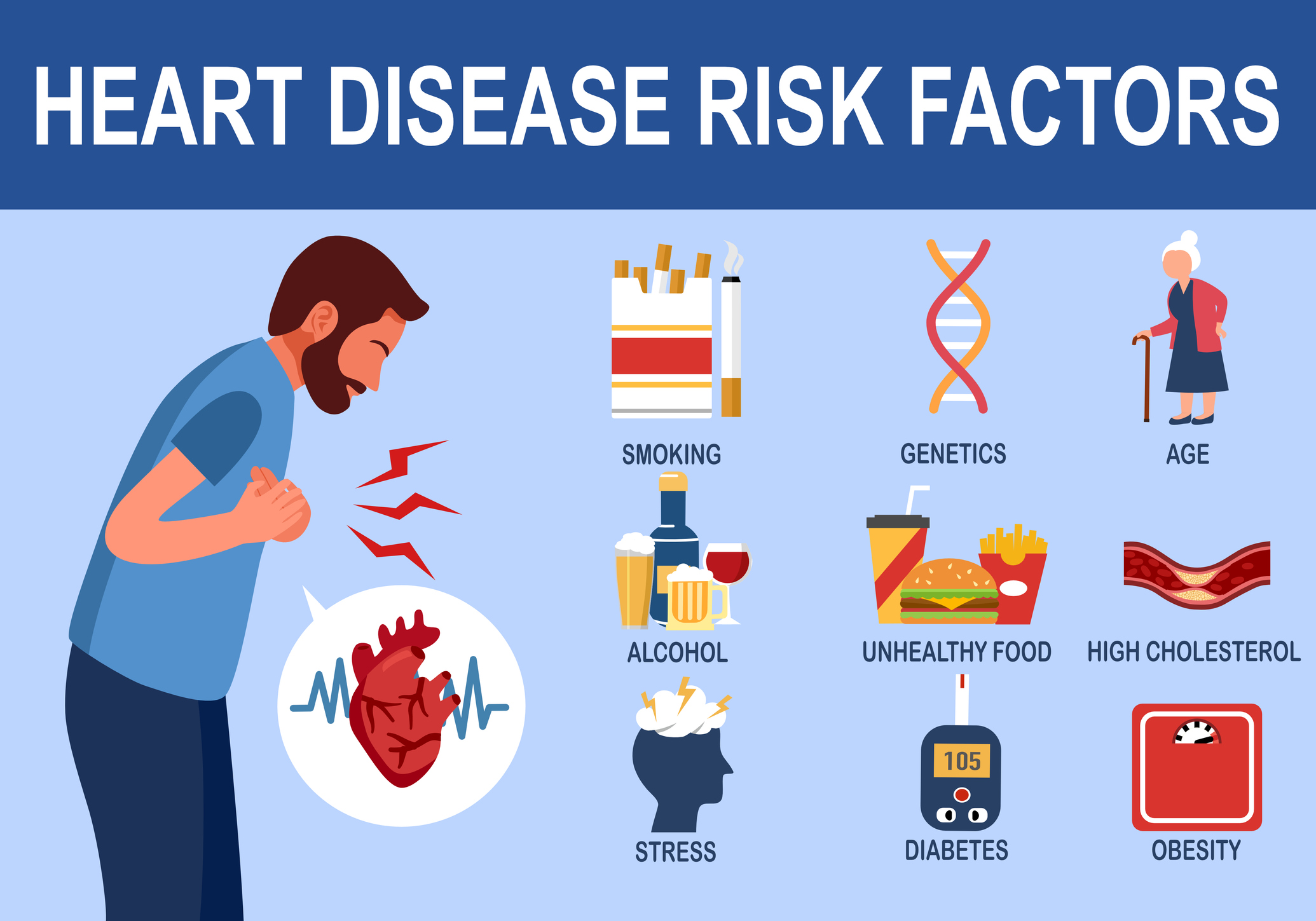 The signs and symptoms of a heart attack often depend on age, gender, and any other medical conditions one might have. For example, younger people, specifically younger males, typically end up having the “classic” symptoms—crushing chest pain, radiating to the jaw or arm—whereas females and senior citizens often experience more gradual, vague symptoms.
The signs and symptoms of a heart attack often depend on age, gender, and any other medical conditions one might have. For example, younger people, specifically younger males, typically end up having the “classic” symptoms—crushing chest pain, radiating to the jaw or arm—whereas females and senior citizens often experience more gradual, vague symptoms.
Don’t Wait—Why You Need to Act Immediately
If you or a loved one suspects a heart attack, call 9-1-1 immediately and wait for the ambulance to arrive—as opposed to driving to the hospital yourself. This is because treatment for cardiac issues starts when the paramedics get to your door. They are able to start reversing the physical effects of the heart attack and address pain within seconds of starting an IV.